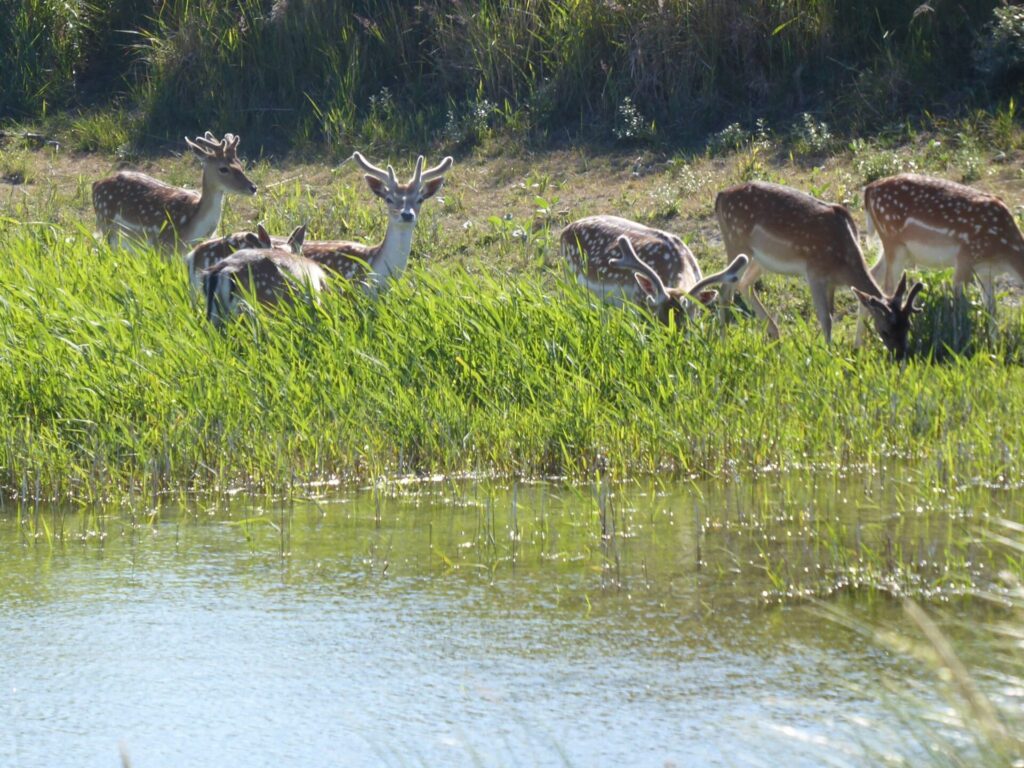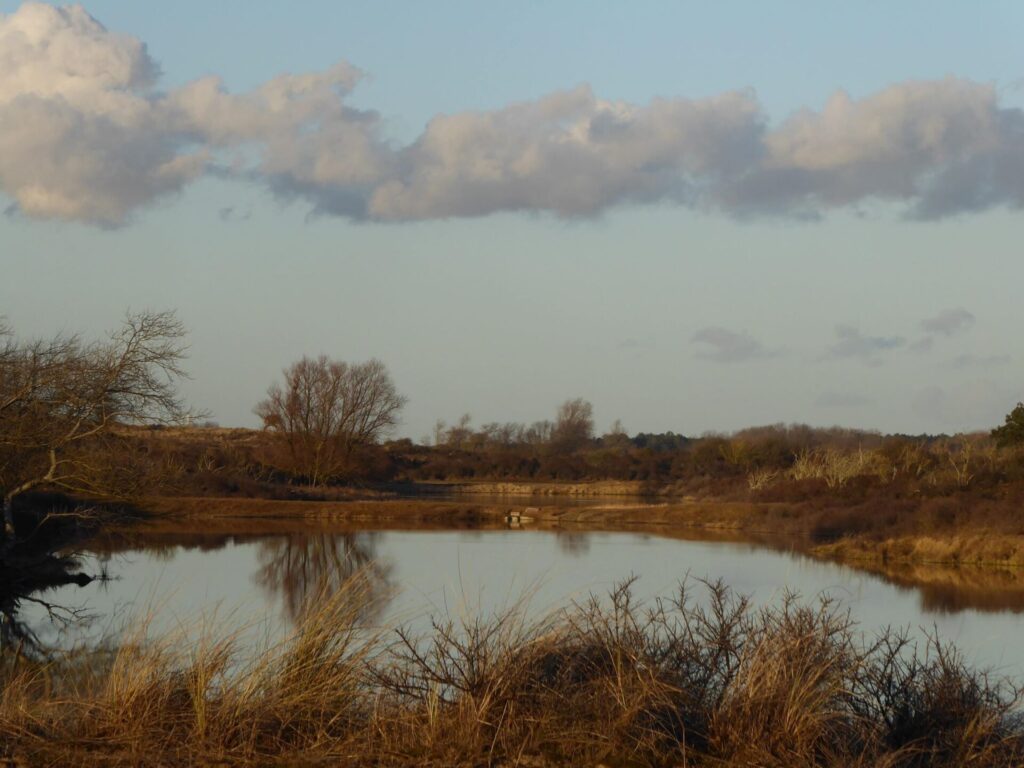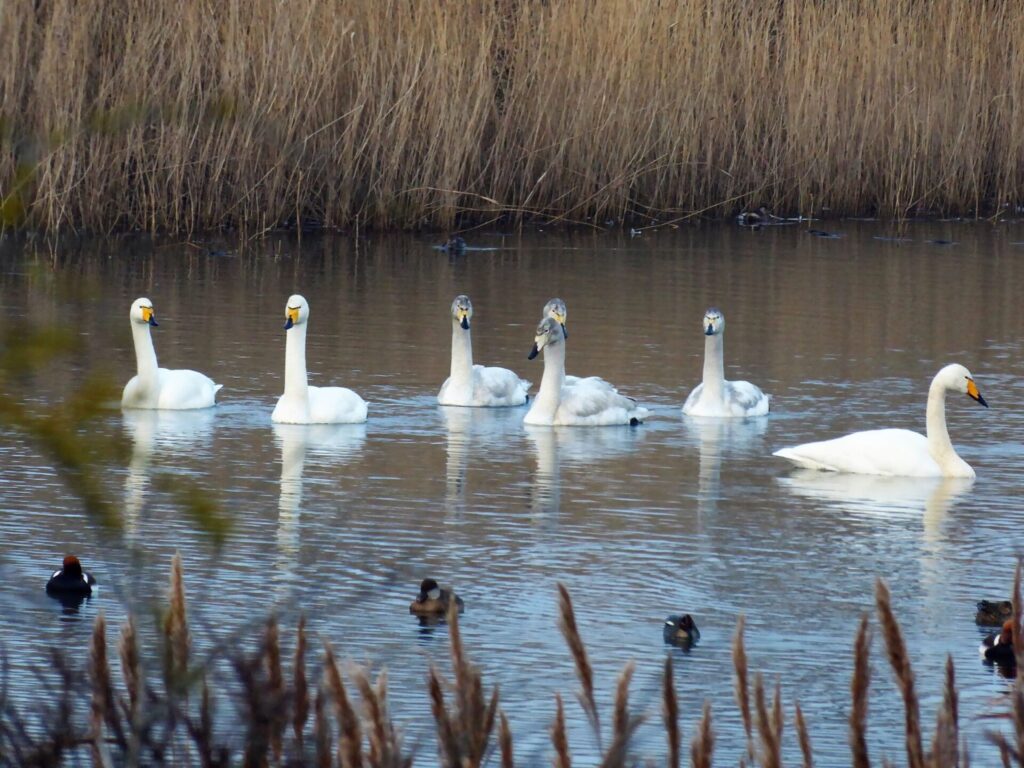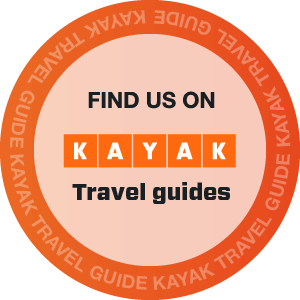Amsterdam Drinking Water
You can safely drink the water from Every Tap in the Netherlands



From Canal Water to Pure Dune Water
Amsterdam has a rich history, but one major challenge its citizens faced for centuries was access to safe drinking water. In the past, people relied on sources like canals, rain barrels, and the Vecht River. Unfortunately, these sources were often polluted with waste, posing serious health risks and leading to widespread disease. Everything changed on December 12, 1853, when the first pure dune water flowed from a public fountain at Haarlemmerplein, providing clean water for all and setting the stage for modern water purification in the Netherlands.
The Need for Change: From Pollution to Innovation
Amsterdam’s canals, which served as the city’s water source, were filled with waste from homes and businesses, including slaughterhouse waste and sewage. Drinking this water led to cholera and other diseases, affecting especially those who couldn’t afford the cleaner, more expensive water shipped from the Vecht region. Jacob van Lennep, an Amsterdam local with an estate near the dunes of Heemstede, saw a solution in the clear dune water that he enjoyed on his own land. In 1851, he rallied support from English investors and received permission from King William III to establish the Duinwater-Maatschappij (Dune Water Company).
Bringing Dune Water to the City
With the necessary investments secured, the Dune Water Company began constructing a steam-powered pumping station in Leiduin and a network of cast iron pipes stretching from Heemstede to Amsterdam. On June 6, 1853, the first fountain was tested, and by December, residents could purchase fresh dune water at Haarlemmerplein for just 1 cent per bucket. This innovation not only improved public health but also laid the foundation for Amsterdam’s advanced water system.
Natural Filtration in the Amsterdam Waterleidingduinen
Today, Amsterdam’s water undergoes natural purification in the Amsterdam Waterleidingduinen, a nature reserve between Zandvoort and Noordwijk. Every year, approximately 70 million cubic meters of water from the Rhine River is pre-treated and then pumped into the dunes. Over three months, the water filters through layers of sand, removing impurities in a natural process before reaching the treatment facility in Leiduin for a final stage of purification. This careful treatment ensures that Amsterdam’s drinking water remains some of the cleanest in the world.
Pure Tap Water for Everyone
Amsterdam’s drinking water is held to strict quality standards, and daily tests ensure that it is clear, fresh, and free from contaminants. Thanks to such high standards, chlorination is not typically required, meaning that tap water in the Netherlands is clean and free from any chlorine taste or smell. Plus, with more than 500 taps offering free drinking water throughout the city, including popular spots like Vondelpark and the Museum Quarter, it’s easy for residents and visitors alike to enjoy this resource. So carry a waterblottle and fill it everywhere!
The Dutch Model: Water Management and Sustainability
The Netherlands is known globally for its effective water management. Waternet, the company responsible for Amsterdam’s drinking water, is part of a broader system that includes 10 regional water companies and 21 water boards dedicated to wastewater treatment. A notable feature of the Dutch system is its efficiency, with water losses in the distribution network at just 6%, and the Netherlands has one of the lowest daily water consumption rates in developed countries at 128 liters per person. Publicly owned but highly efficient, the Dutch water sector balances accessibility, affordability, and sustainability.
Amsterdam’s journey from polluted canal water to pristine dune-filtered drinking water reflects the city’s commitment to public health and innovation. Today, every sip of Amsterdam’s tap water is a reminder of the city’s dedication to quality, safety, and sustainability—an achievement that began over 170 years ago and continues to inspire water management practices worldwide.




